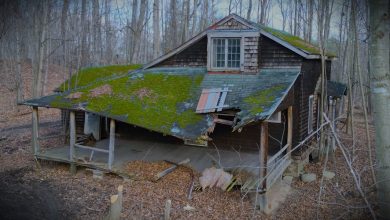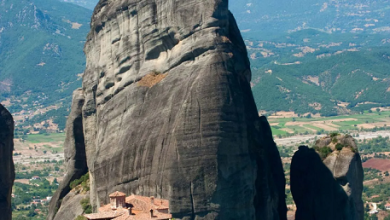Description and History of the Parc de Bagatelle
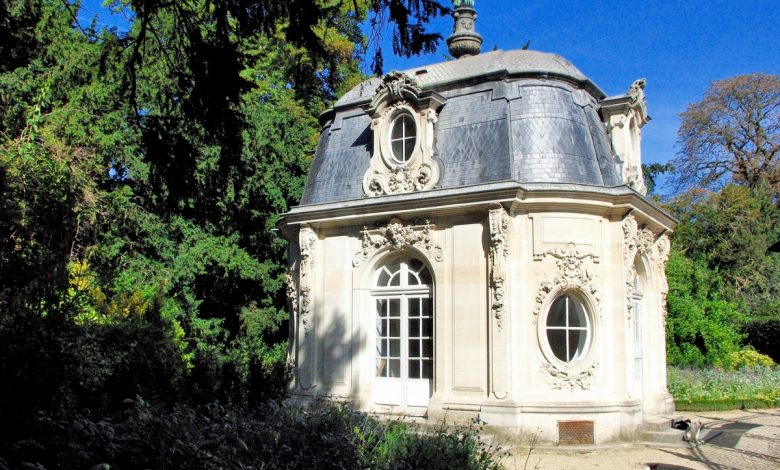
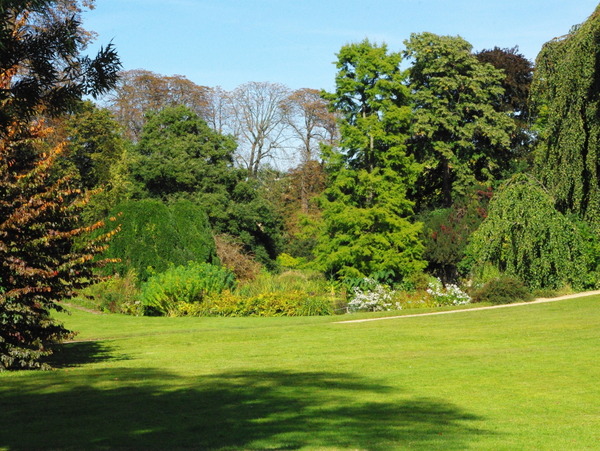
Bagatelle derives from the Italian bagattella, meaning a trifle. In French, une bagatelle means something of little importance or value.
The park features a charming small palace, the château de Bagatelle. The small neoclassical chateau was initially built for the Maréchal d’Estrées in 1720. The estate was bought in 1775 by the Count of Artois (Louis XVI’s brother and future Charles X). Marie-Antoinette bet with her brother-in-law that he would build a ‘maison de plaisance’ within three months. The count commissioned from François-Joseph Bélanger the design of a neoclassical residence. It only took 63 days to complete the construction work and the Count of Artois won his bet.
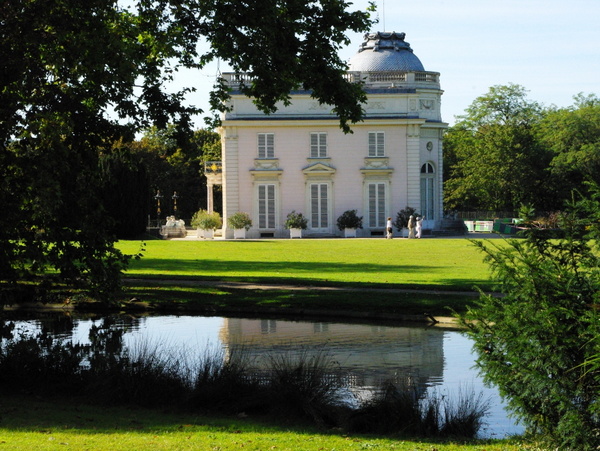
The formal gardens that surrounded the chateau were later expanded with a vast English-Chinese garden by Scottish garden designer Thomas Blaikie.
Many remarkable trees have been planted since the end of the 18th century: oak trees, pine trees, sequoias, cedars…
The Bagatelle park is dotted with follies such as the ruins of an abbey, numerous statues, a pagoda, little bridges, grottoes, artificial waterfalls and gloriettes.
Collections of roses, irises, perennials, clematises, peonies and other flowers are showcased in Bagatelle Park. From 1905, Jean-Claude Nicolas Forestier, the Commissioner of Gardens for the City of Paris, worked on turning the park into a botanical domain, now one of Paris’ four botanical gardens.
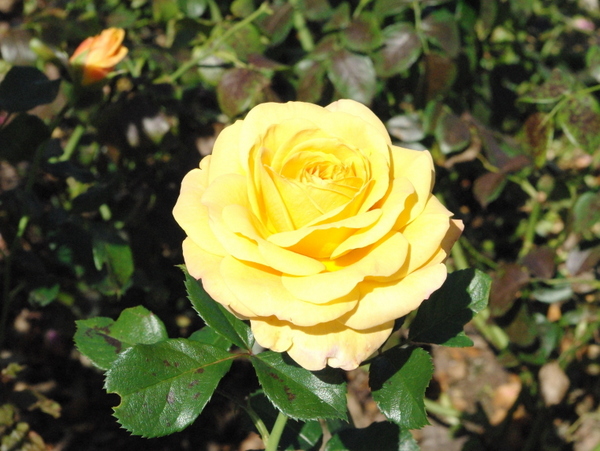
In June of each year, the prestigious international competition for new roses (Concours international de roses nouvelles) takes place in the rose trial grounds of the Bagatelle Park. Today, the rose garden of Bagatelle displays 10,000 rose bushes from 1,200 different species.
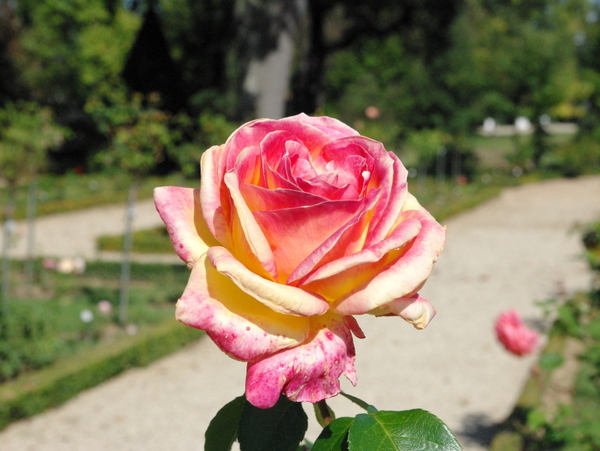
Features of Bagatelle Park
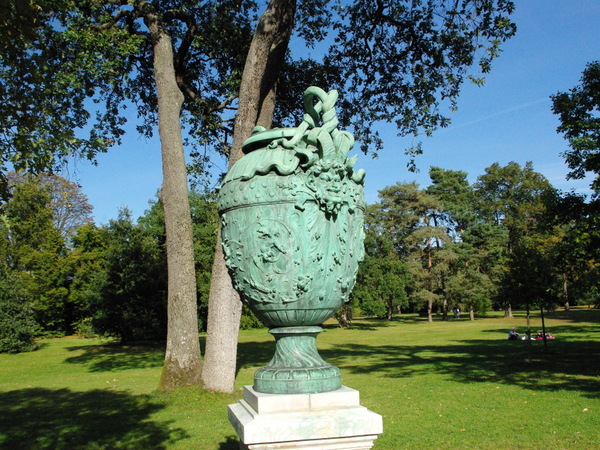
The entrances dating from 1835
The medieval-style entrance on the Route de Sèvres near Neuilly-sur-Seine.
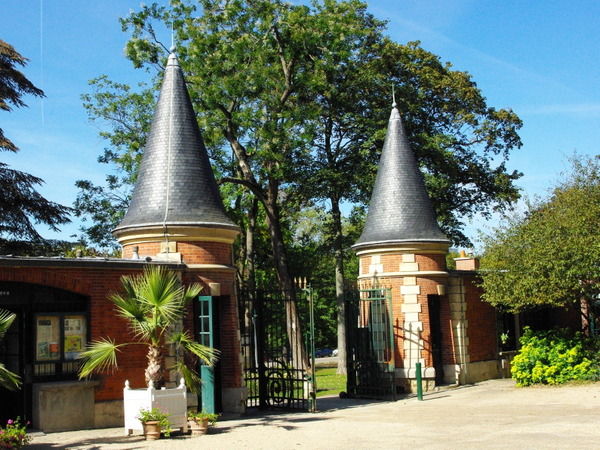
The wrought-iron gates and Pavillon Louis XV leading to Allée de Longchamp.
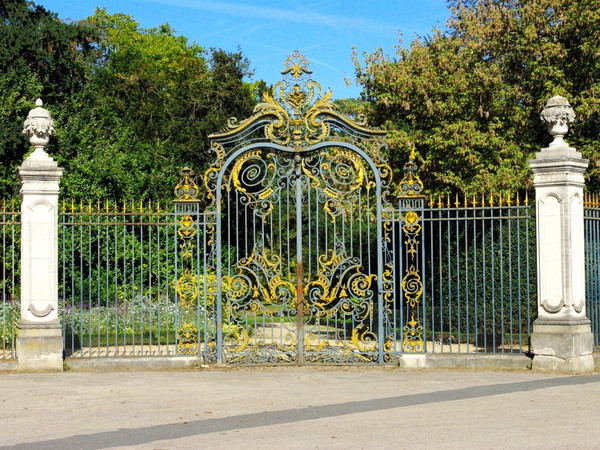

The castle
The Circular Court (Cour Circulaire) and its statues near the Route de Sèvres entrance.
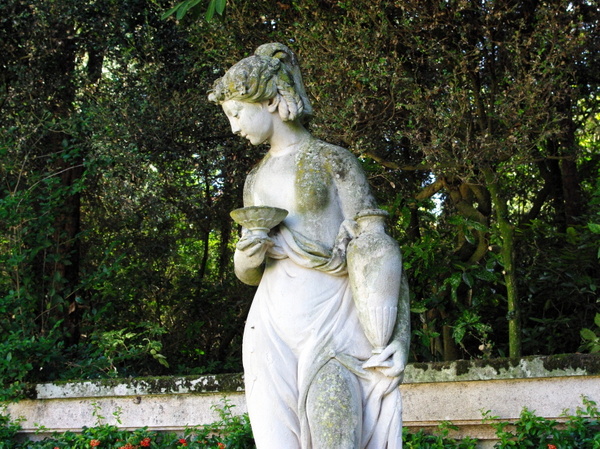
The Court of honour (Cour d’Honneur) in front of the small chateau.
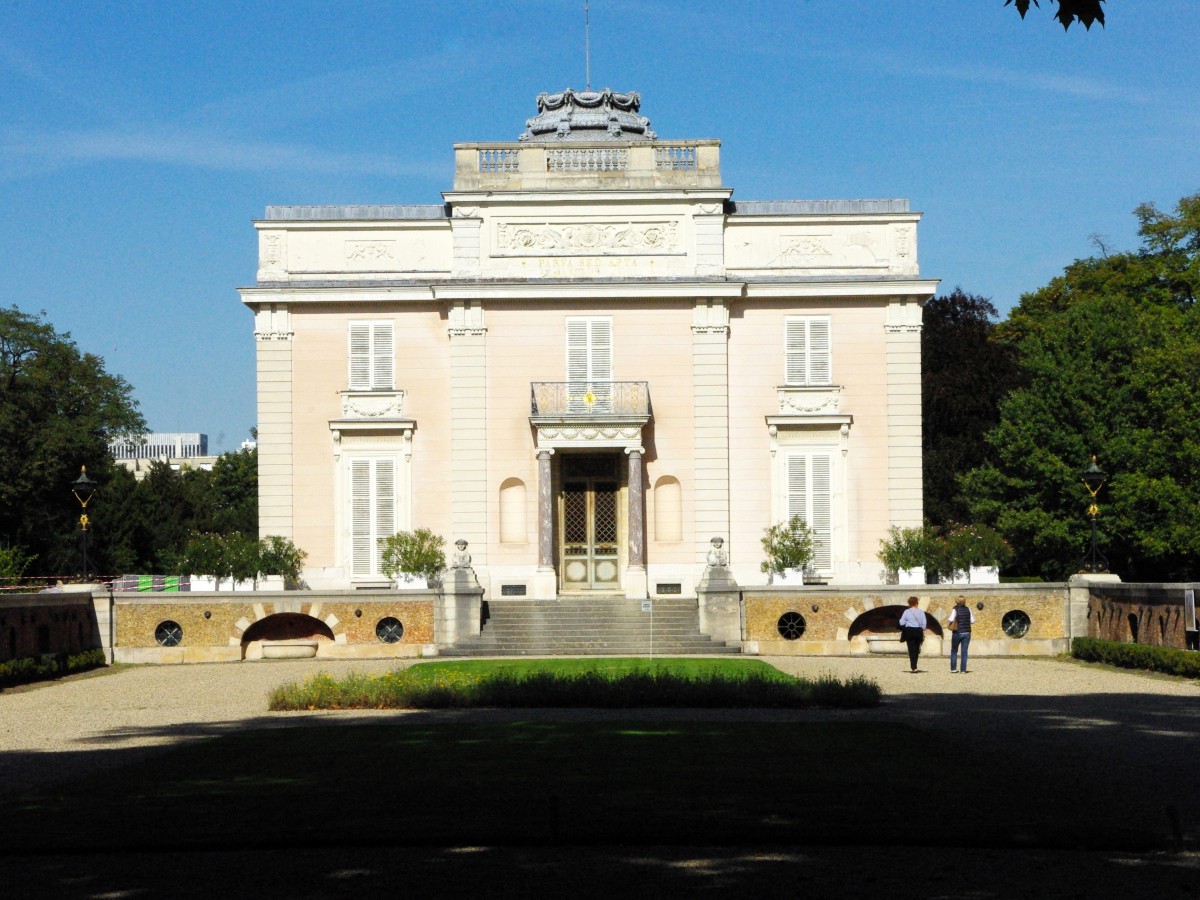
The chateau of Bagatelle. At the top of the porch and above a ornate wrought-iron balcony, the chateau carries the Latin inscription: “Parvus sed altus” (“Small by able, sufficient for all needs”.
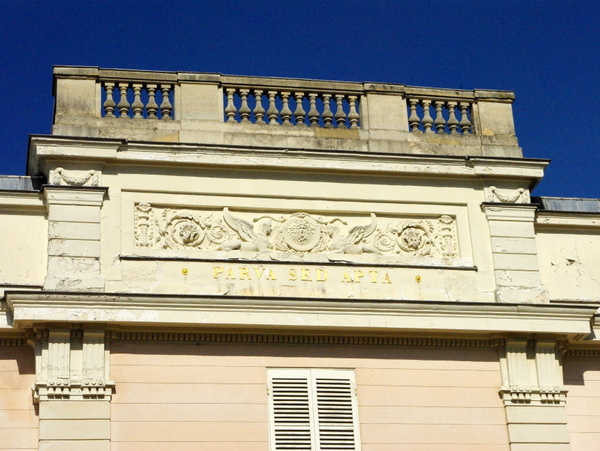
The chateau’s formal garden (Parterre du Château)
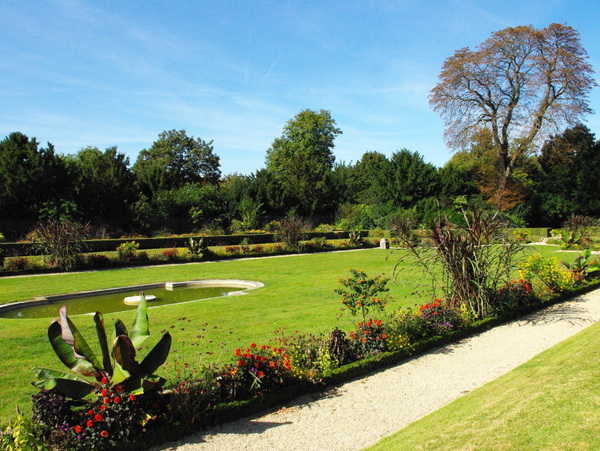
The Trianon

The Nymph Pond (Bassin aux Nymphéas)
The romantic Nymph Pond, created in 1850-1860.
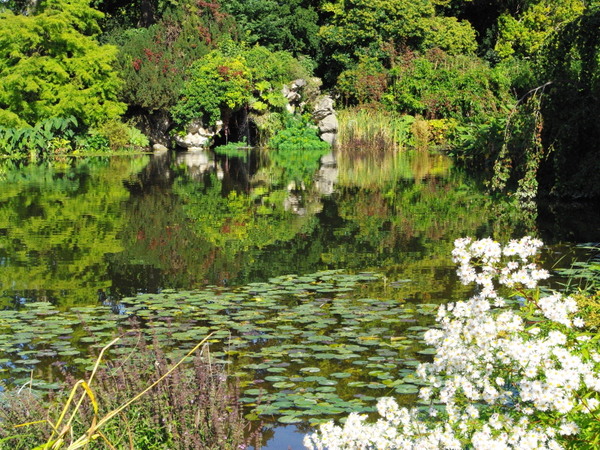
The grotto and waterfall

